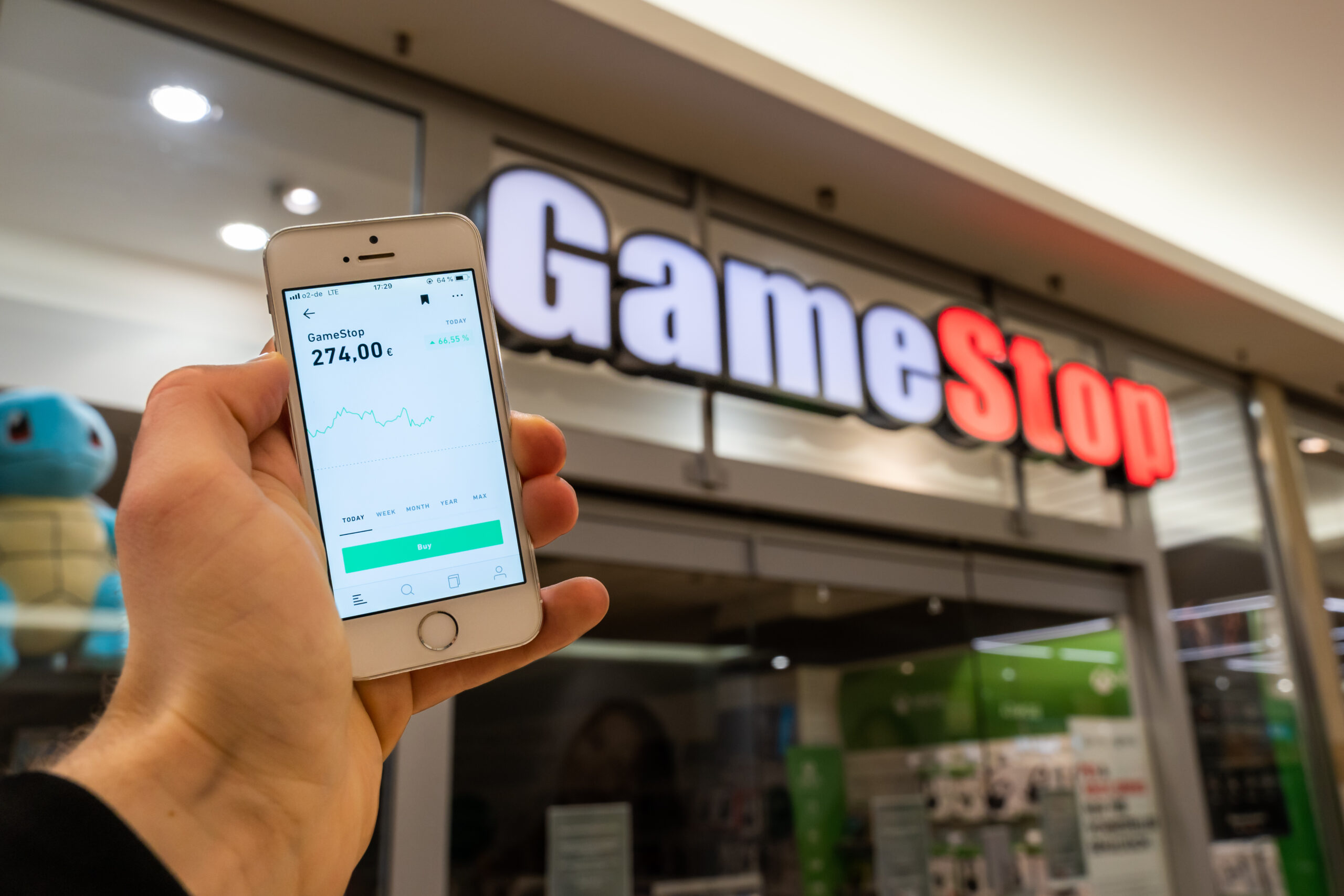Key Insights:
- Keith Gill’s return to social media nearly doubles GameStop stock, igniting substantial gains in meme coins like PEPE, FLOKI, and MOG.
- Meme coins gain legitimacy as traders leverage social media trends, shifting investment strategies toward these culturally-driven financial assets.
- Developers enhance meme coins with utility features, aiming for market stability and long-term relevance amid fluctuating speculative interest.
Following a post by retail trader Keith Gill, popularly known online as Roaring Kitty, meme coins experienced a dramatic increase in market value. This event recalls Gill’s influential role in the 2021 GameStop short squeeze, where his trading activities and social media presence led to widespread market movements.
After a hiatus, Gill’s recent activity on his @TheRoaringKitty X account, which included a simple image post, saw GameStop’s stock value nearly double on Monday. Similar enthusiasm quickly spread to the cryptocurrency sector.
The response to Gill’s post was not just limited to stocks but also had a profound effect on various digital currencies. Rises were observed in both well-known and emerging meme coins, signaling a broader market reaction reminiscent of the trading fervor seen in 2021. Larger tokens such as Pepe (PEPE), Floki (FLOKI), and other cat-themed tokens like Popcat (POPCAT) and Mog (MOG) saw increases of up to 30% over the last 24 hours.
Influence of Meme Culture in Crypto Markets
The resurgence in meme coin values following Gill’s recent online activity underscores the lasting impact of meme culture within financial markets, particularly cryptocurrencies. Meme coins, often created as jokes or tributes to popular culture and internet memes, have started to be taken more seriously by investors and traders looking for rapid gains. This trend is amplified by social media activities, especially from influential figures like Gill, whose actions can direct substantial attention and investment toward these tokens.
Developers and traders have noted the persistent allure of meme tokens, reflecting a shift in investor sentiment and interest. The recent upsurge in meme coin values not only reflects an increased appetite for risk among traders but also suggests a deeper acceptance and integration of meme culture into serious trading strategies. This phenomenon has led to a dynamic where meme tokens are increasingly seen as legitimate contenders against more traditional crypto projects focused on decentralized finance (DeFi) and utility.
Market Response and Future Trends
The immediate market response to Gill’s posting highlights a reactive and highly volatile nature within the crypto markets, particularly in sectors influenced by social media trends. The surge in meme coins like MOG, PEPE, and FLOKI indicates a market that is responsive to social cues and ready to mobilize capital based on perceived opportunities. MOG token developer Shisui expressed optimism about the trend, noting that the market reaction might signal which assets are poised to perform well under returning ‘frothy conditions.’
The broader crypto market’s reaction suggests a potential shift towards these riskier assets when market conditions are right. It also points to a growing recognition of the power of social media and individual influencers in shaping market dynamics. As retail investors continue to rally around figures like Gill, the investment landscape, particularly in the crypto space, may continue to evolve towards embracing more speculative and culturally driven financial moves.
Developments in Meme Coins
Amidst this renewed interest, some meme coin projects are starting to focus more on developing utility aspects to sustain their market presence and engage their community. For instance, Floki’s lead developer, known as B, has indicated that while Floki originated as a meme coin, it is now incorporating utility products to maintain relevance and engagement with its audience. This shift is part of a broader trend where meme coin developers are beginning to blend humor and investment with practical applications, aiming to stabilize their market positions and ensure longer-term viability.
Editorial credit: 1take1shot / Shutterstock.com
